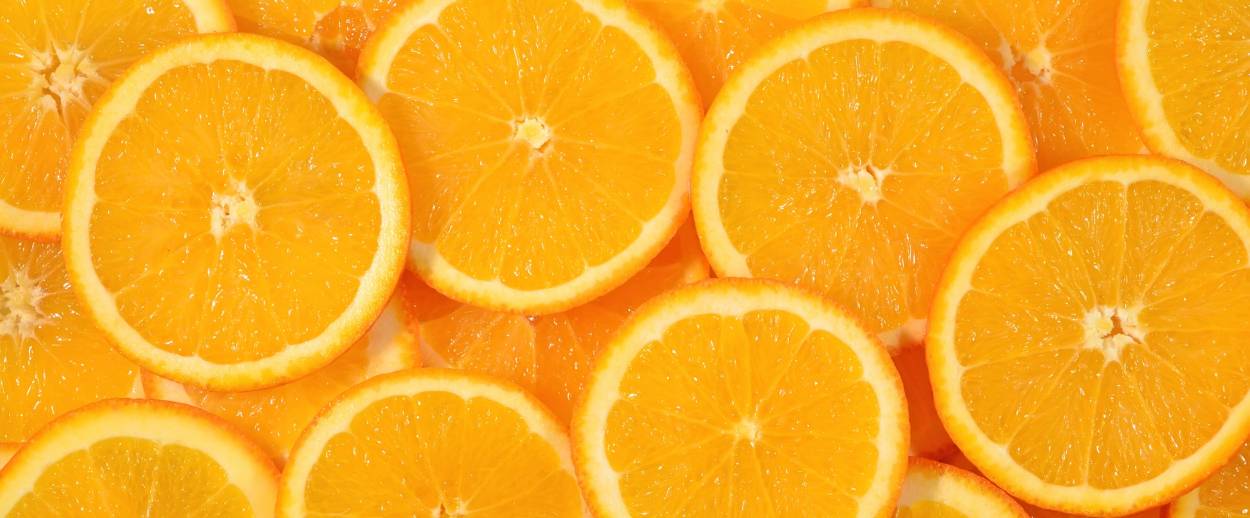The Orange, a Symbol of Inclusivity, Belongs on the Seder Plate
The orange stands for a commitment to stop erasing people from the Passover narrative and start allowing everyone to have a meaningful role in Jewish life




Do not talk to me today, for I am in a pre-Passover rage!
This is because of an essay that recently appeared on the Union for Reform Judaism’s website, titled “Do We Still Need an Orange on the Seder Plate?” The article’s answer to this Passover question is no. My answer is yes. And now I would like to throw many oranges at the patriarchy.
Here’s the backstory behind the question raised by the article’s author, Rabbi Stephen Lewis Fuchs, the former president of the World Union for Progressive Judaism. There is a new-ish tradition followed by many liberal Jews, of placing an orange on the Seder plate. The derivation of this tradition is a story by Susannah Heschel (the daughter of Rabbi Abraham Joshua Heschel) about attending a feminist Seder at Oberlin College (OF COURSE) in the early 1980s. The haggadah noted that putting bread on the Seder plate could be a representation of the notion that “there’s as much room for a lesbian in Judaism as there is for a crust of bread on a seder plate.”
Bread, of course, is chametz—leavened food not allowed during Passover at all. Heschel loved the notion of a Seder directly referencing the need for inclusion, but thought that bread—a metaphor, after all, for holiday-defying law-breaking and violation of norms—was maybe not the most welcoming and non-snarling way to go. So she adapted the haggadah’s text in a somewhat less “in your FACE, dicks” manner by putting an orange on her own family’s Seder plate as a stand-in for LGBTQ Jews and anyone else marginalized in the Jewish community. Her family then shared segments of the orange at their Seder and spat out the seeds as a metaphor for rejecting homophobia. The notion caught on. I like it. Yay.
But in Fuchs’ distressing essay, he suggests we toss the orange. His argument starts with a weird “gotcha” moment, saying that most people think it’s actually a response to a dude saying that women rabbis have no more place in Judaism than an orange on a Seder plate, which nyah-nyah never happened. Yeah, so? (I think that some folks believe the orange represents sexism, that most folks believe the orange represents homophobia, and that pretty much no one believe the orange represents women rabbis.) Anyhoo, Fuchs feels that since obviously women rabbis and gay rabbis are now pretty much accepted by everyone but the Orthodox, the Seder should get back to what it’s really all about. “I believe our focus at the Seder should be on telling our story,” he writes.
Uh, who is this “our,” dude? Women and LGBTQ Jews are part of the “our”! That’s the whole point of the orange! It stands for a commitment to stop erasing people from the narrative and start allowing everyone to have and feel a meaningful role in Jewish life. Fuchs goes on: “I would prefer to retire the orange and spend serious time at the Seder discussing the vital role women played in the Exodus story and what they teach us today.”
Sure, Moses’ mother Yocheved, his sister Miriam, and the midwives who helped save endangered Jewish boy babies all have an important role in the Passover story. We should talk about them. And we do. Many of us have a Miriam’s Cup on our Seder table—another relatively modern nod to the importance of women in our heritage.
But the point here is that Judaism is an ongoing story. Liberation from bondage is a process. There’s a reason the haggadah says, “In every generation, every person is obligated to see themselves as if they personally had escaped from Egypt.” We must ensure that this annual tale of moving from slavery into freedom remains a relevant, personal narrative. (When I was raging about this essay on Facebook earlier, a friend with a daughter adopted from China noted that her Seder plate contains both an orange and a red egg, to represent her family’s Chinese heritage.)
The best Seders blend ancient tradition and modernity. They encourage participants to think about the Jewish people’s redemption from slavery, but also about the kinds of oppression we and others still experience. They call on us all to be engaged in the struggle for freedom, tolerance, and peace, for all the members of our community and for the world as a whole.
Why reject a symbol that represents freedom from silence and hatred of many members of our—yes, our—community? Their story is our story. You are not obligated to complete the work, but neither are you allowed to desist from it. A Seder should not be stuck in amber. Inclusiveness is a Jewish value.
And I was delighted to see that yesterday the Union for Reform Judaism published a rebuttal to Rabbi Fuchs’ essay by Rabbi Phyllis Sommer, saying just that.
Marjorie Ingall is a former columnist for Tablet, the author of Mamaleh Knows Best, and a frequent contributor to the New York Times Book Review.